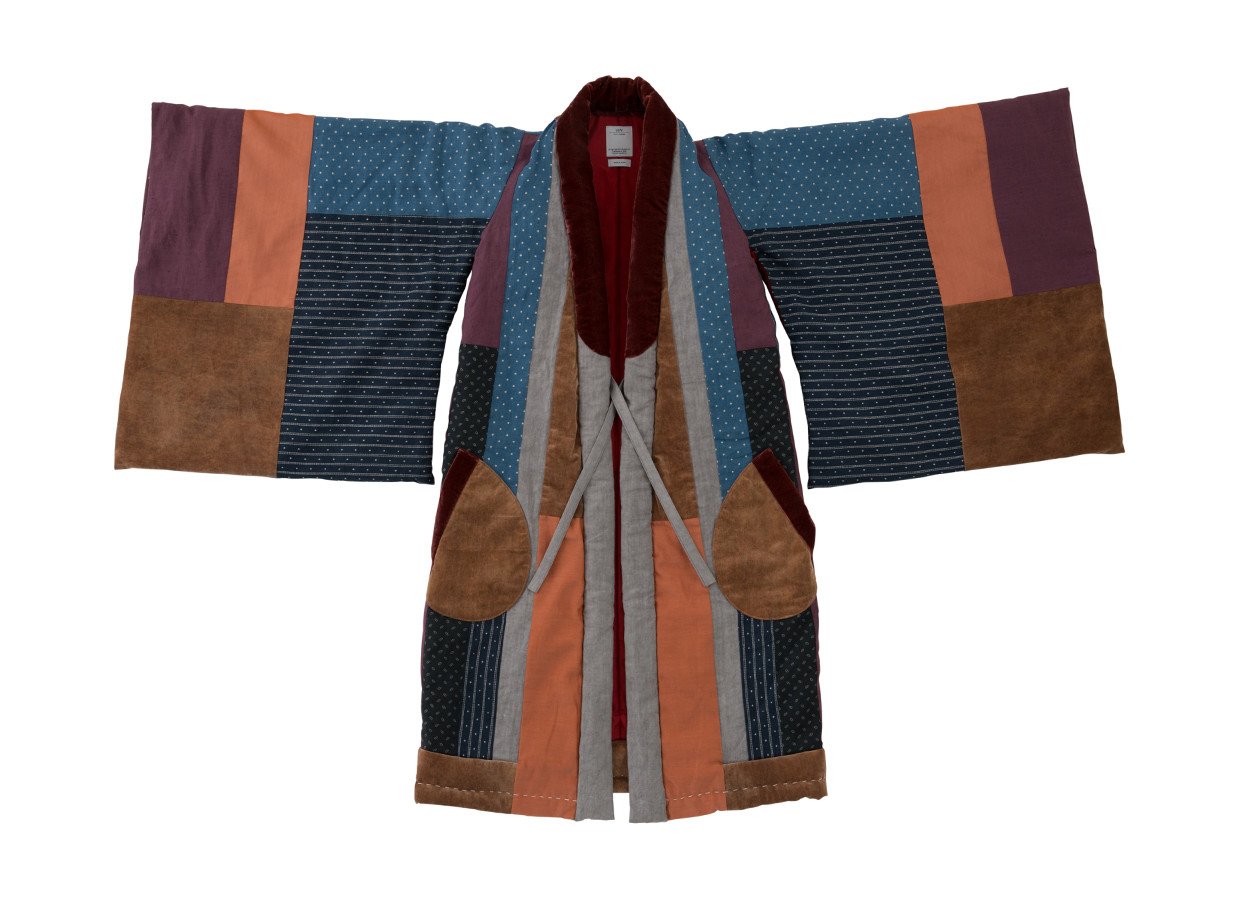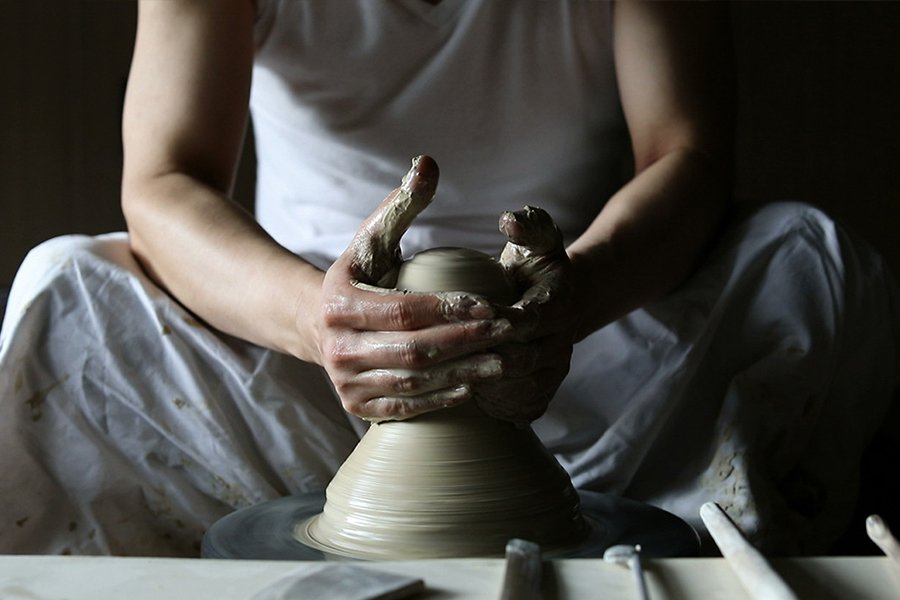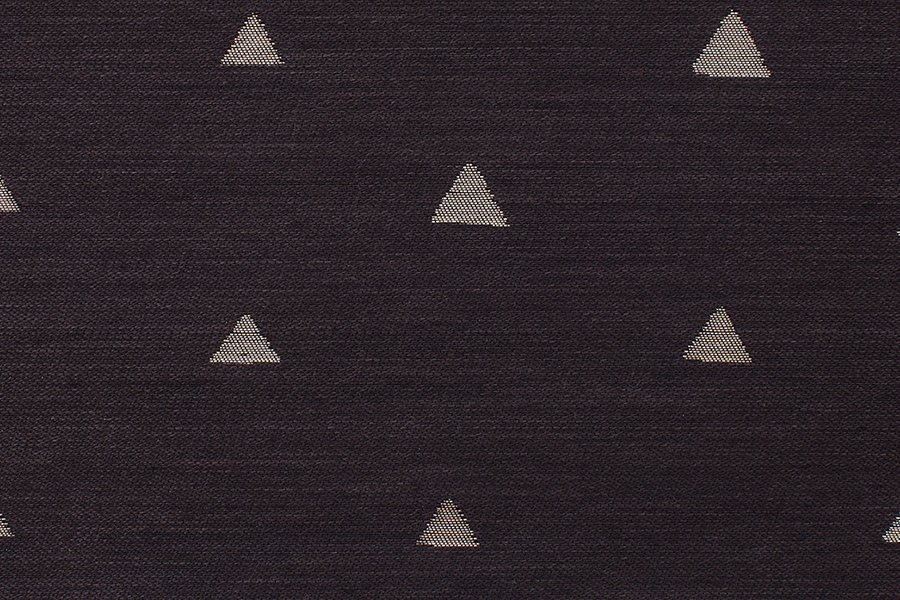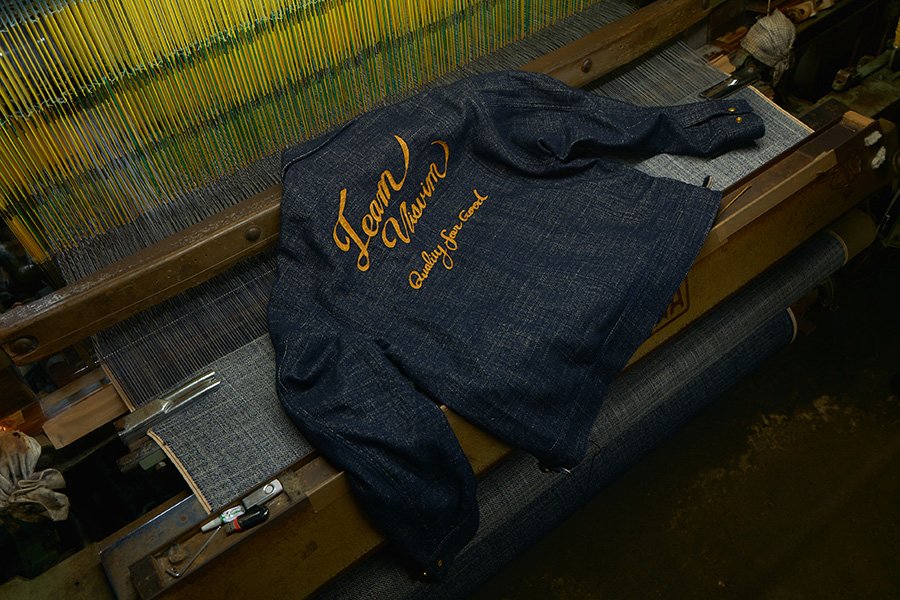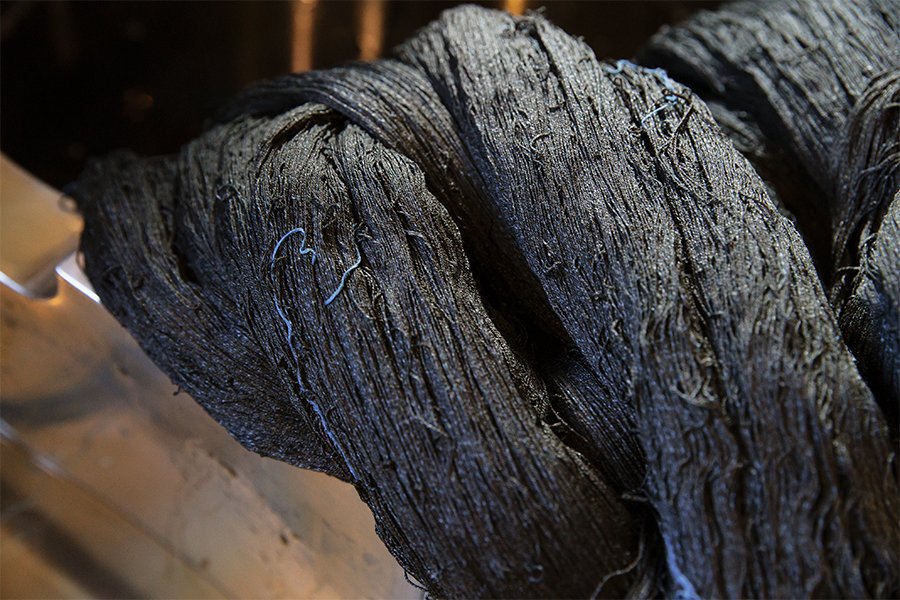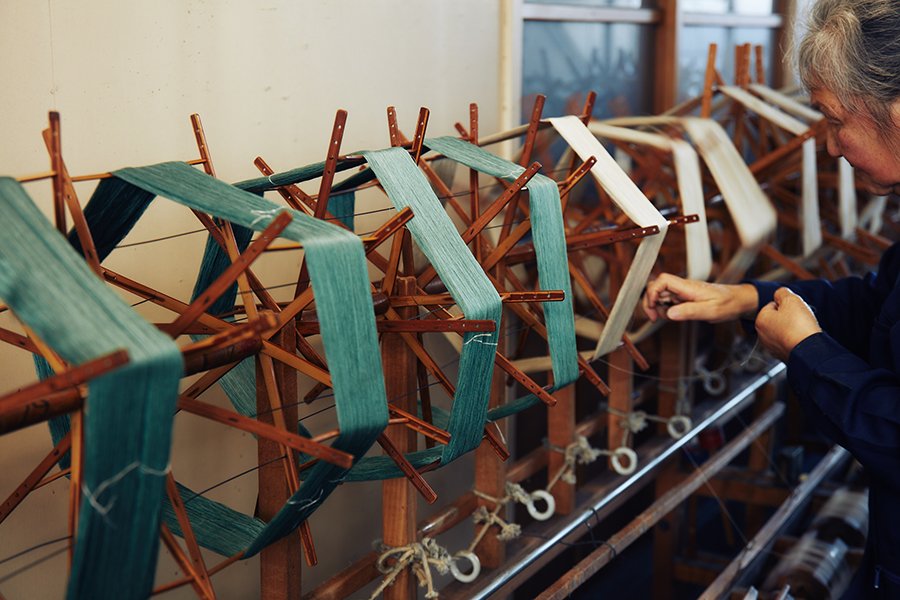Dissertation
Mawata
Although it is often mistaken for a type of cotton, mawata is categorized as a type of silk, and is made from fibers taken from the cocoon of a silkworm. While silk is a fabric that is made from fibroin, a sticky liquid protein, secreted from silkworms, mawata is manufactured by taking boiled cocoons, stretching the fibers across a frame, and finally layering them on top of each other and dried until they become a solid silk fabric. Like silk, mawata is extremely light and durable and possesses high insulating properties. For many years, it has been used to make outfits to protect against the cold. Mawata was commonly used to make undershirts and worn under kimonos to keep warm.
| Category: | Material |
|---|
| Date: | 2016.09.27 |
|---|
| Tags: | #mawata #visvim |
|---|
Although it is often mistaken for a type of cotton, mawata is categorized as a type of silk, and is made from fibers taken from the cocoon of a silkworm. While silk is a fabric that is made from fibroin, a sticky liquid protein, secreted from silkworms, mawata is manufactured by taking boiled cocoons, stretching the fibers across a frame, and finally layering them on top of each other and dried until they become a solid silk fabric. Like silk, mawata is extremely light and durable and possesses high insulating properties. For many years, it has been used to make outfits to protect against the cold. Mawata was commonly used to make undershirts and worn under kimonos to keep warm.
In Japan, the development of sericulture technology made progress especially during the Edo period. After the opening of the country to the rest of the world, raw silk became one of Japan's major export items. Many villages started to grow silkworms domestically, which led to increased mawata production. However, mawata production eventually went into decline with the development and emergence of new materials after World War II. Cocoons that have been simmered for hours are individually disentangled, then stretched out thinly and uniformly and stacked on top of each other to form a multi-layer of insulation. This work requires a high level of skill, but nowadays, the numbers of artisans capable of this skill in Japan are extremely limited.
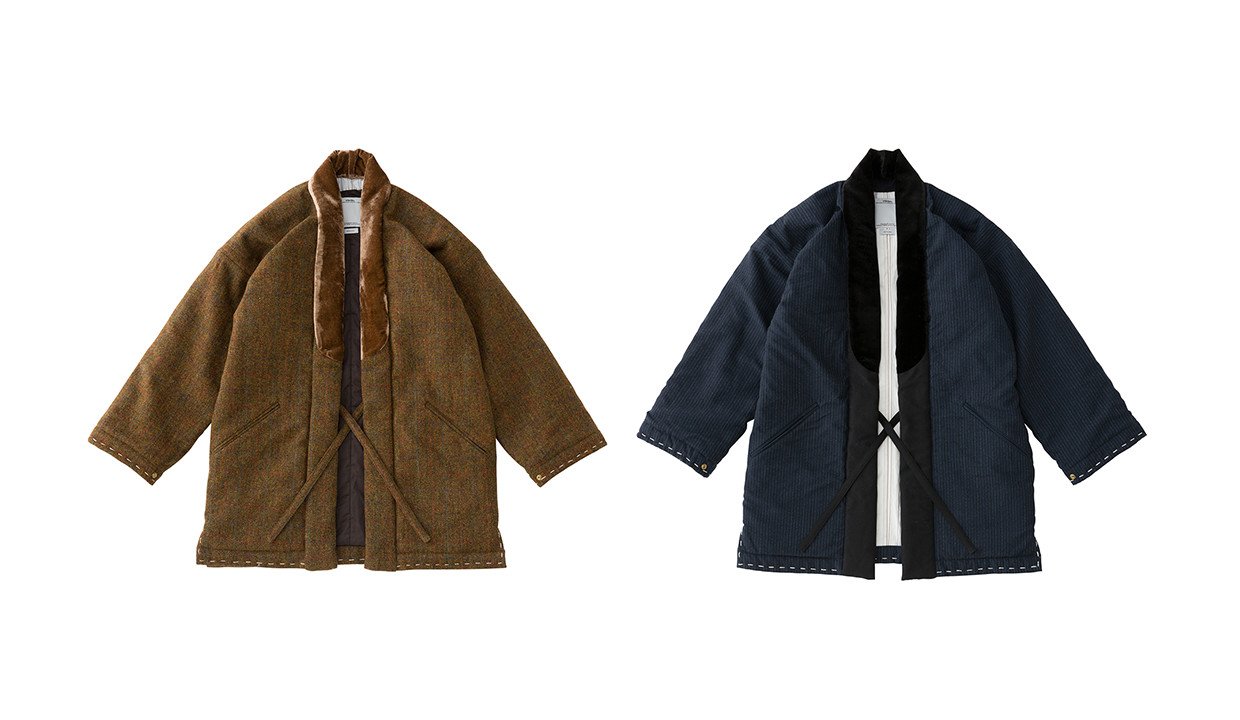
We brainstormed whether we could utilize mawata, which has the ability to retain heat in the layers of air created from piles of thin fibers, into modern clothing, and eventually ended up using the fabric to create some outerwear for the Fall/Winter collection. We were pleasantly surprised about how warm these pieces were. The fabric itself is very lightweight and isn't bulky like down material, which also results in outerwear that drapes beautifully. Mawata is made from single strands of silk secreted from the mouth of silkworms, and because the silk is spun into long, whole-length pieces, it is extremely strong yet soft. From a long time ago, people have utilized the phenomenal abilities that creatures in the natural world possess, and we have always believed that we should reconsider and reexamine by taking a closer look into cultures and techniques from the past.
